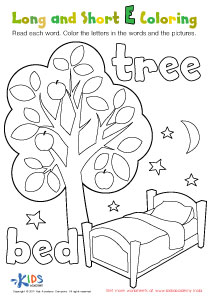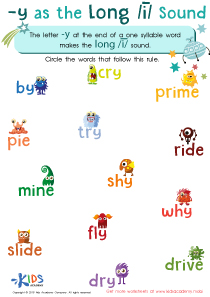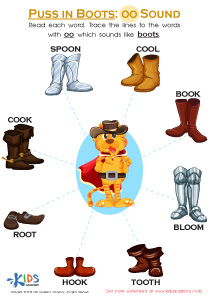Normal Vowel Digraphs Worksheets for Ages 7-9
3 filtered results
-
From - To
Enhance your child's reading skills with our "Normal Vowel Digraphs Worksheets" designed for ages 7-9. These engaging worksheets focus on common vowel digraphs, helping young learners recognize and pronounce paired vowels like "ai," "ea," "oo," and more. Each activity is crafted to improve phonetic understanding, spelling, and reading fluency in a fun, interactive way. With a variety of exercises including fill-in-the-blanks, matching, and reading, our worksheets keep children motivated and excited to learn. Perfect for classroom use or at-home practice, start strengthening your child's literacy foundation today!
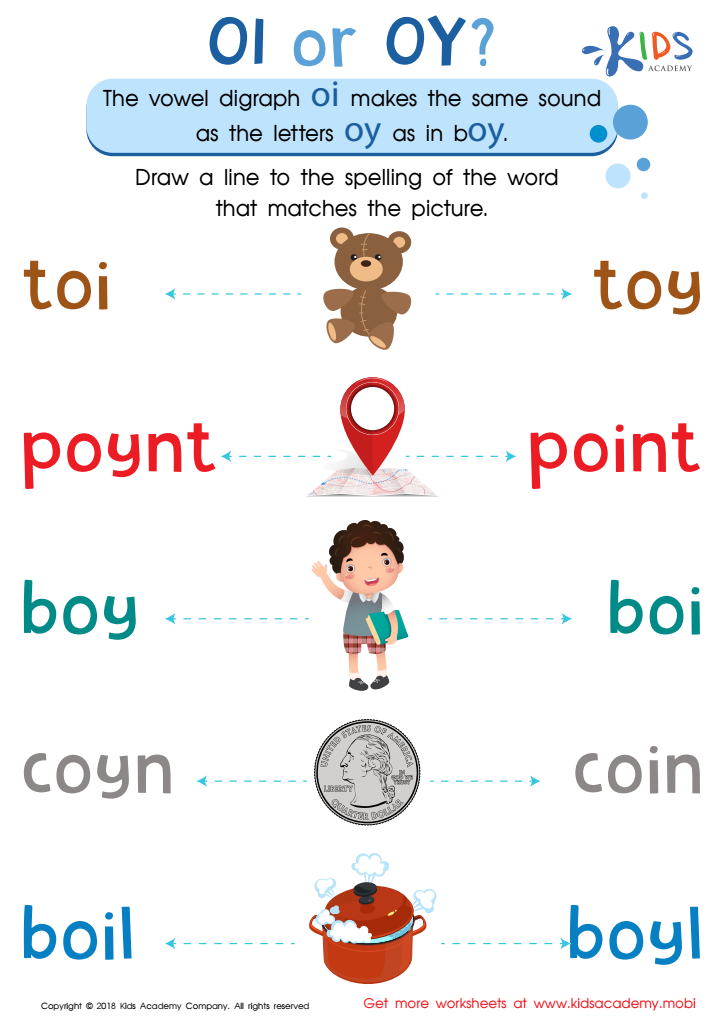

Reading: OI and OY Worksheet
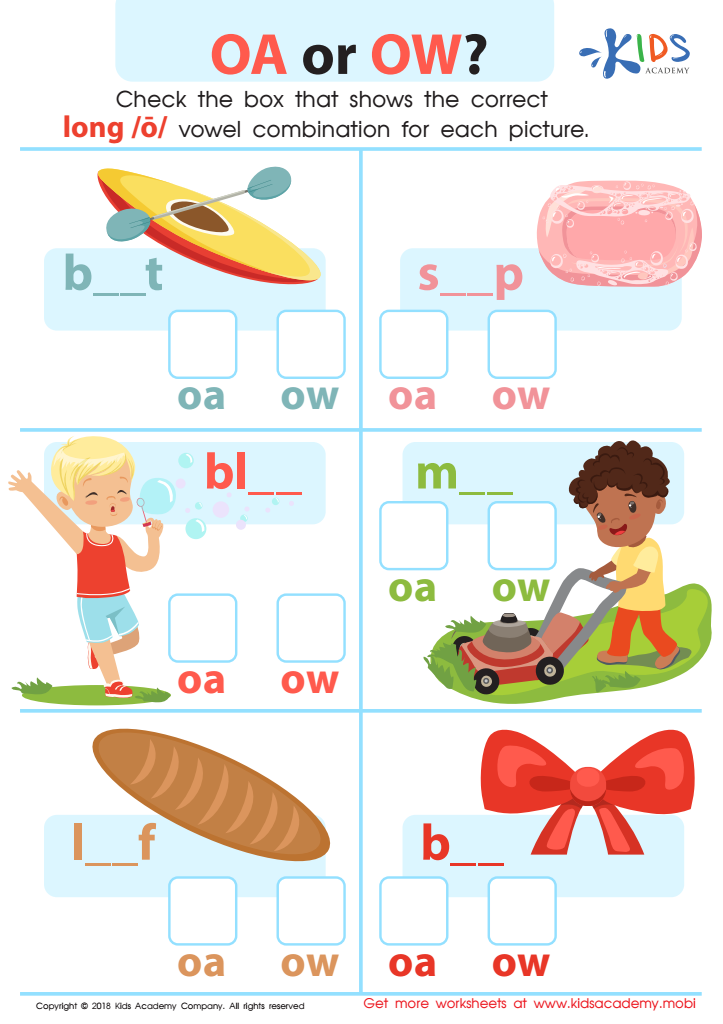

Reading: OA or OW Worksheet
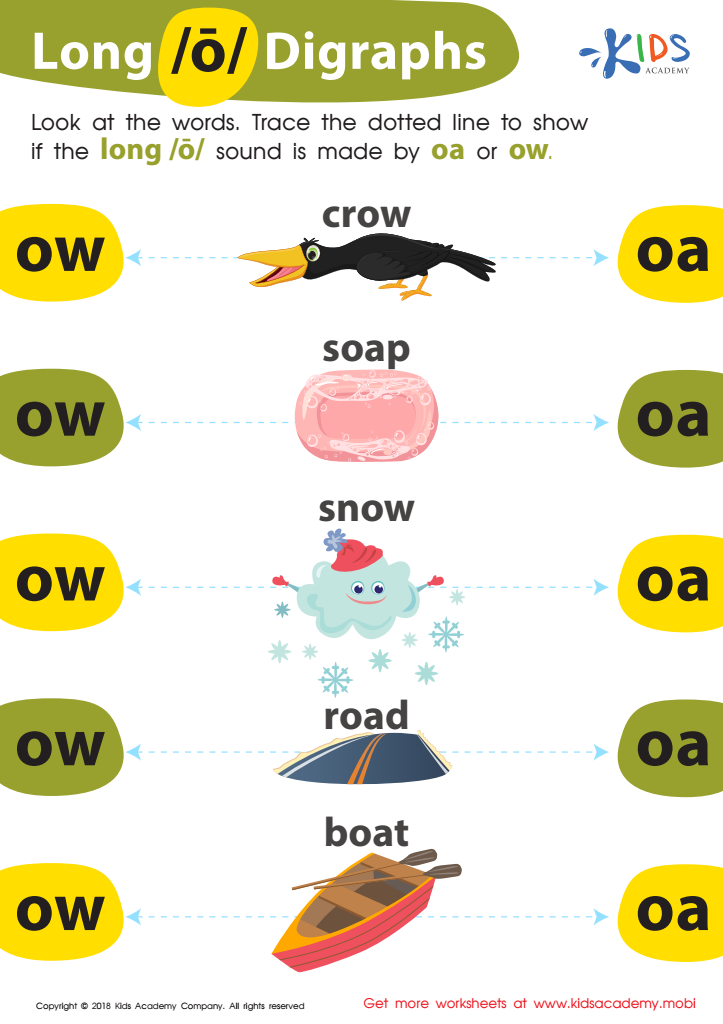

Reading: Long O Digraphs Worksheet
Normal vowel digraphs are pairs of vowels that together create a single sound, like "ea" in "bread" or "oa" in "boat." These are particularly crucial for children aged 7-9, who are typically in second or third grade, because they form a foundational aspect of reading and spelling proficiency. Mastery of vowel digraphs enhances a child's decoding abilities, allowing them to read more fluently and accurately.
Parents and teachers should prioritize teaching these because fluency in reading is strongly linked to academic success in all subjects. When children can easily understand vowel digraphs, they spend less time guessing words and more time comprehending the content. This boosts their confidence and fosters a love of reading, which in turn cultivates imagination and critical thinking skills.
Additionally, strong reading and spelling capabilities are correlated with better writing skills. Understanding vowel digraphs enables children to improve their vocabulary, as they can recognize and employ a broader array of words. Engaging activities focused on vowel digraphs—like word games, reading exercises, and phonics programs—can immensely benefit a child's literacy development, setting a strong groundwork for more advanced studies ahead.

 Assign to the classroom
Assign to the classroom


